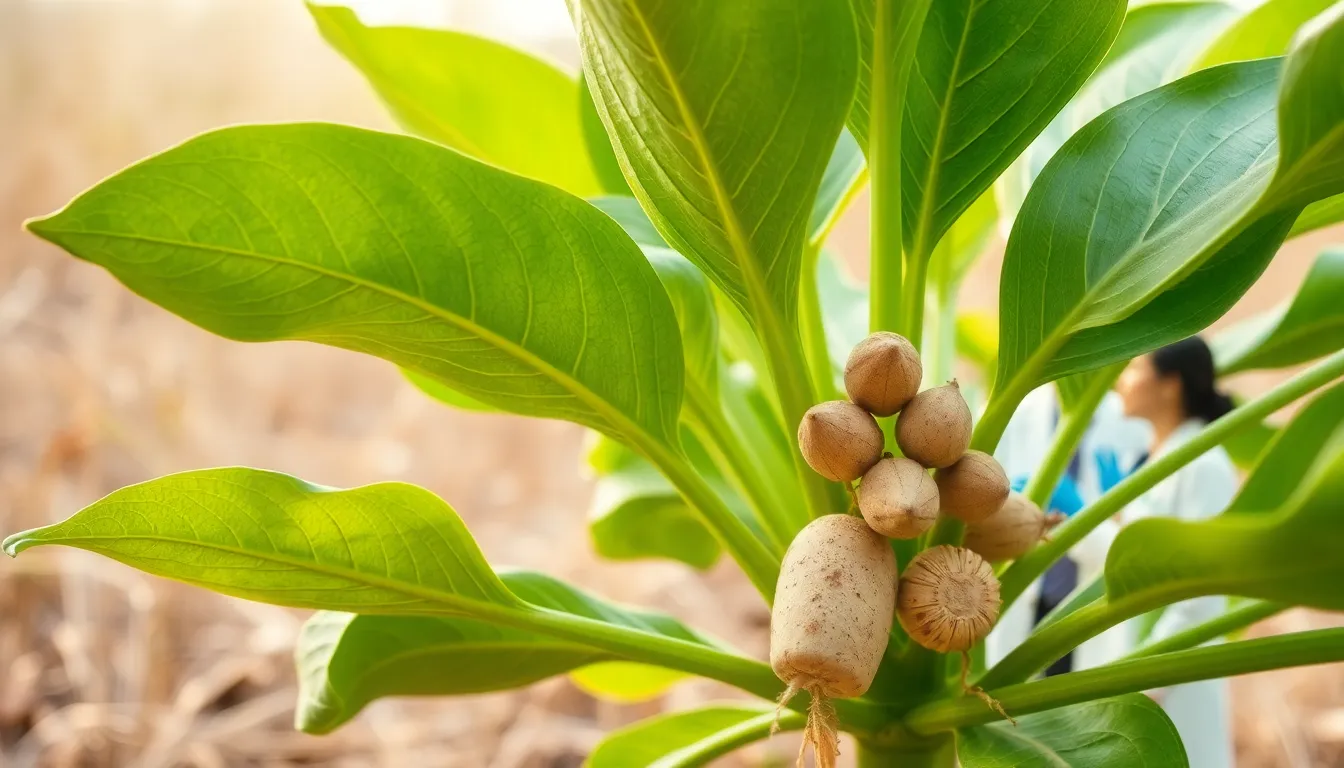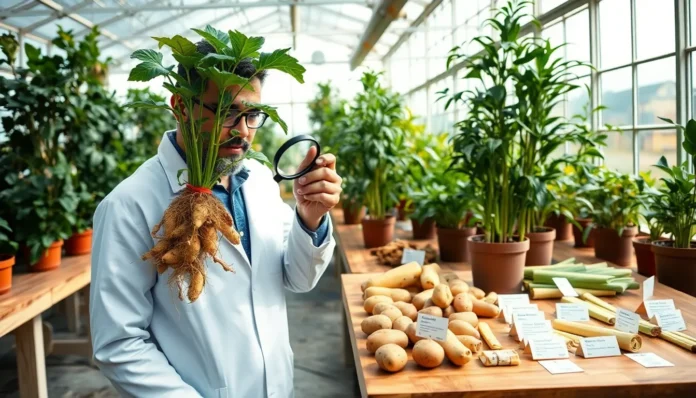Have you ever wondered why plants are nature’s incredible food factories? They produce energy from sunlight and store nutrients in ways that even the smartest humans can learn a thing or two from. Food storage in plants not only helps them survive tough conditions but forms the backbone of what we eat. Let’s dig into the delightful world of plant storage.
Which involves food storage in plants

Food storage in plants is not just a convenience: it’s essential for life. Just like a squirrel stashing acorns for winter, plants need to have some energy reserves. These reserves allow them to thrive in various conditions, especially when resources are scarce. Whether it’s facing drought, enduring cold weather, or simply getting through the night when photosynthesis ceases, stored food plays a critical role. Plants store carbohydrates, proteins, and fats, which can be mobilized when needed. This adaptive strategy ensures they can grow, reproduce, and maintain health over time.
Types Of Food Storage In Plants
Plants have evolved various methods of food storage to adapt to their environments. Broadly, these can be categorized into two types: primary and secondary storage. Primary storage is where plants rely mainly on carbohydrates, often in the form of starch. This is like a power bank that they can tap into when the sun isn’t shining.
On the other hand, secondary storage includes reserves such as proteins and fats. These are critical during times of stress or during specific life stages such as germination, when the young plant relies on these reserves to kickstart its growth.
Also, plants also create specialized structures to store these nutrients. They can modify their roots, stems, or leaves in extraordinary ways to keep food supplies handy.
Storage Organs And Their Functions
The storage organs of plants are an absolute marvel of nature. Roots, tubers, and even leaves can serve as storage areas.
Roots
Take potatoes, for example. These underground champs store energy in the form of starch, allowing them to sustain themselves and produce new plants when the season is right.
Stems
Then, there are stems like those found in sugarcane, which store sugary juices. This sweet reserve not only helps the plant but also provides a tasty treat for the local critters.
Leaves
Finally, some plants, like succulents, store moisture along with sugars in their thick leaves. This adaptation lets them survive in arid environments where others might wither and die.
Each storage organ has its distinct function, but they all share a common goal: to keep the plant alive and thriving.
Processes Involved In Food Storage
The fascinating processes involved in food storage include photosynthesis, translocation, and metabolism. When sunlight hits a plant’s leaves, photosynthesis kicks into high gear. Here, carbon dioxide from the air and water from the roots are combined to create glucose and oxygen.
This glucose is what gets transformed into starch for storage. Once synthesized, translocation occurs. This simply means the plant transports its nutrients from the leaves to storage organs via specialized vascular tissues.
Metabolism plays a crucial role too, as it governs how and when these stored nutrients are utilized. Throughout the plant’s lifecycle, especially during growth spurts, the metabolism can ramp up to convert stored food into energy quickly.
Factors Affecting Food Storage In Plants
Several factors can affect how effectively a plant stores food. Water availability is paramount: without sufficient water, a plant can’t perform photosynthesis optimally. Similarly, nutrient availability in the soil can dictate how well a plant can convert sunlight into energy.
Temperature also plays a crucial role. Plants thrive within specific temperature ranges: extreme heat or cold can disrupt their metabolic processes. Light exposure is another factor. Some plants require sunlight for extended periods to maximize their food production and storage capabilities.
Finally, diseases and pests can hinder a plant’s ability to store food efficiently. Protecting plants from these external threats is crucial for healthy growth and storage.


